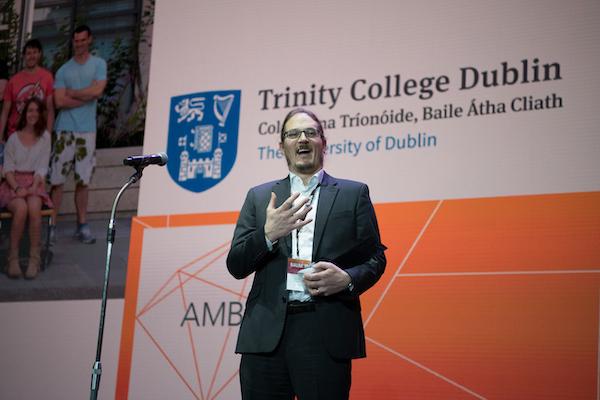
Single wall carbon nanotubes (SWCNTs) are often called “the building material of the future” because of their ability to improve almost all materials around us. Thousands of researchers across the globe are working with SWCNTs and achieving impressive scientific results. The TUBALL Awards were established to help bring these breakthrough developments to life. These awards are the first to acknowledge R&D projects using SWCNTs across the whole range of their commercial applications.
The TUBALL Awards were initiated by OCSiAl, the world’s largest SWCNT manufacturer. Knowing the immense potential of SWCNTs to change materials, the company actively supports the transformation of the most promising projects from laboratory to industry. All scientists interested in project development with SWCNTs, irrespective of whether they also wish to apply to the award, are welcome to request a free sample of TUBALL nanotubes.
The first awardee, Prof. Jonathan Coleman from the AMBER Centre at Trinity College Dublin, collaborating with Nokia-Bell Labs Ireland and other AMBER researchers, developed the technology that uses TUBALL SWCNTs in the cathode and anode of a lithium-ion battery instead of the conventional additive carbon black. “Nanotubes in batteries are not just for conductivity. They are also for mechanics,” said Prof. Coleman. “This means that you have both very good electrical connection to the particles and also fantastic mechanical properties.” Thanks to these properties of SWCNTs, the research group was able to make the first-ever battery electrode that works at 100% of its theoretical capacity.
The results that Prof. Coleman and the AMBER/Nokia team have achieved in the laboratory pave the way to make batteries more compact, scalable for industry, quicker to charge and with 2.5 times more energy density than any battery currently on the market. This breakthrough can enable longer-lasting smartphones, mass electric vehicles, and home wind turbines with enough storage capacity.
The TUBALL Awards acknowledge the best SWCNT R&D projects once per year. The next round of applications starts from January 1, 2020, and will again give applicants an opportunity to win $10,000 for the development of their project. Any individual researcher or research group can participate and get TUBALL nanotubes for free. The award will be given to projects that are designed to significantly improve the properties of industrial materials and that contribute to the development of global industries.
- SWCNT free sample: http://get.tuball.com/
- TUBALL Awards: http://awards.tuball.com/
